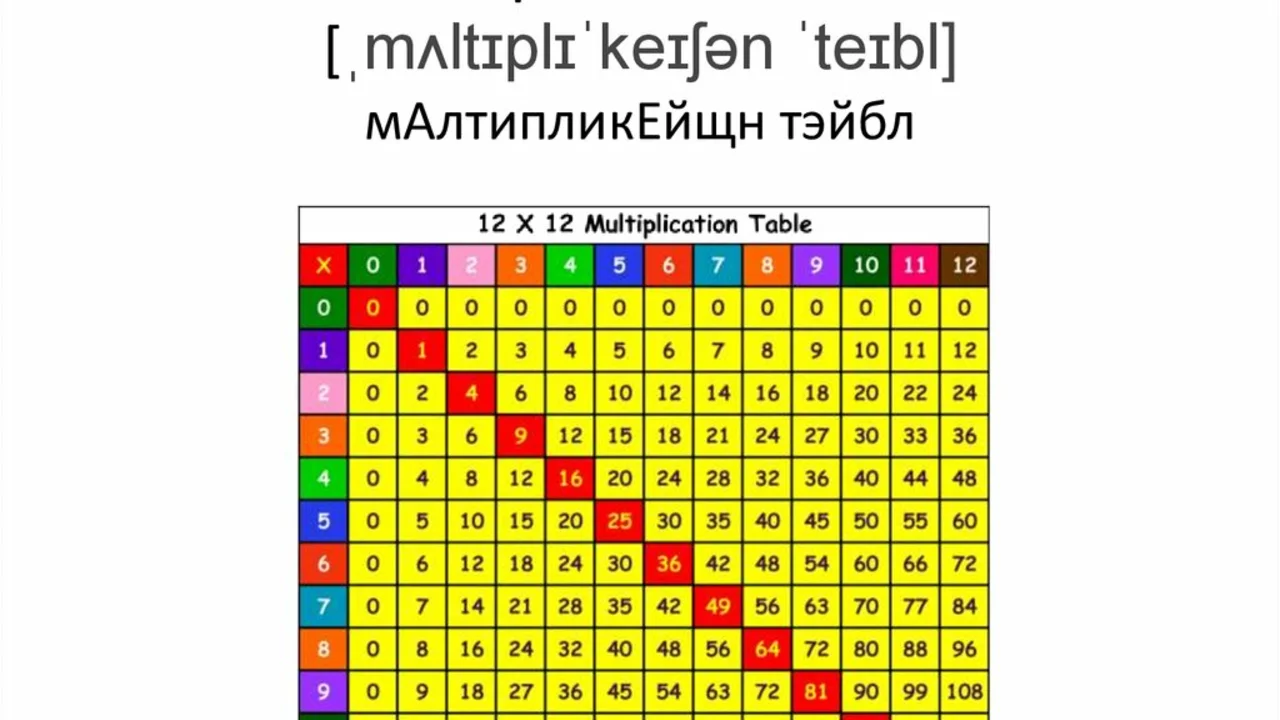What is a thousand times a million?

Understanding the Basics: Units of Numbers
Before we delve into the vastness of a thousand times a million, let's take a moment to revisit the basics of numbers and number units. We often deal with numbers in our everyday lives without giving much thought to their magnitude. How often do we actually stop and think about the enormity of a million, let alone a thousand times a million? Let's start by refreshing our understanding of the basic units of numbers.
A million is a large number, represented by 1 followed by six zeros (1,000,000). On the other hand, a thousand is represented by 1 followed by three zeros (1,000). Both are big numbers but differ greatly in their magnitude. And when you multiply a thousand by a million, you're venturing into the realm of exceptionally large numbers.
The Magic of Multiplication: How Big is a Thousand Times a Million?
Now that we've reacquainted ourselves with the basics, let's delve into the heart of the matter. How big is a thousand times a million? Well, when you multiply a thousand (1,000) by a million (1,000,000), you get a billion (1,000,000,000,000). That's a 1 followed by twelve zeros!
A billion is a massive number that is difficult to comprehend in its entirety. It's a number that is often used to describe the population of countries, the revenue of multinational corporations, or the distance between celestial bodies. And we're talking about a thousand times a million here, which equals to a trillion - a number that is even harder to grasp!
Putting it into Perspective: A Trillion in the Real World
It's often helpful to put these unimaginably large numbers into perspective. Consider this - if you were to count from one to a trillion at a rate of one number per second, it would take you over 31,688 years to finish. That's longer than the entire span of recorded human history!
Or consider this - if you were to stack a trillion dollar bills, the stack would reach about 67,866 miles high, which is approximately a quarter of the way to the moon. It's mind-boggling when you start to visualize these numbers in such a way, isn't it?
Visualizing a Trillion: A Thousand Times a Million in the Physical World
Let's continue with our visualization exercises. If you were to represent a trillion with grains of sand, assuming that a grain of sand is about a millimeter in diameter, you would need a sandbox that is about 10.6 feet on each side to hold a trillion grains of sand. That's about the size of a large room filled with sand!
Or, if you were to represent a trillion with drops of water, assuming that a drop of water is about 0.05 milliliters, you would need a tank that holds about 50 million liters of water. That's about the size of 20 Olympic-sized swimming pools!
Significance in the Modern World: A Thousand Times a Million in Economics and Science
In economics, a trillion dollars is a significant amount. It's a figure often associated with national debts, gross domestic products, and the budgets of large nations. For instance, the United States had a Gross Domestic Product (GDP) of over 21 trillion dollars in 2019.
In science, particularly in astronomy, large numbers like a trillion are frequently used. For instance, the distance from Earth to the Andromeda Galaxy, the nearest spiral galaxy to the Milky Way, is about 2.537 million light years. That's approximately 1.5 trillion miles!
What's Beyond a Thousand Times a Million: Exploring Larger Numbers
While a thousand times a million, or a trillion, is a vast number, it's far from being the largest number we have. In fact, in the grand scheme of numbers, a trillion is relatively small. Beyond a trillion, we have a quadrillion, quintillion, sextillion, and so on, all the way up to a googol (a 1 followed by 100 zeros) and a googolplex (a 1 followed by a googol number of zeros).
These numbers are so large that they're almost beyond human comprehension. But they're essential in certain fields of study like cosmology and theoretical physics, where the universe's enormity and the quantum world's minutiae require dealing with such extreme numbers.
- July 19 2023
- Darius Newsome
- Permalink
- thousand million multiplication large numbers
- 0 Comments
Written by Darius Newsome
View all posts by: Darius Newsome